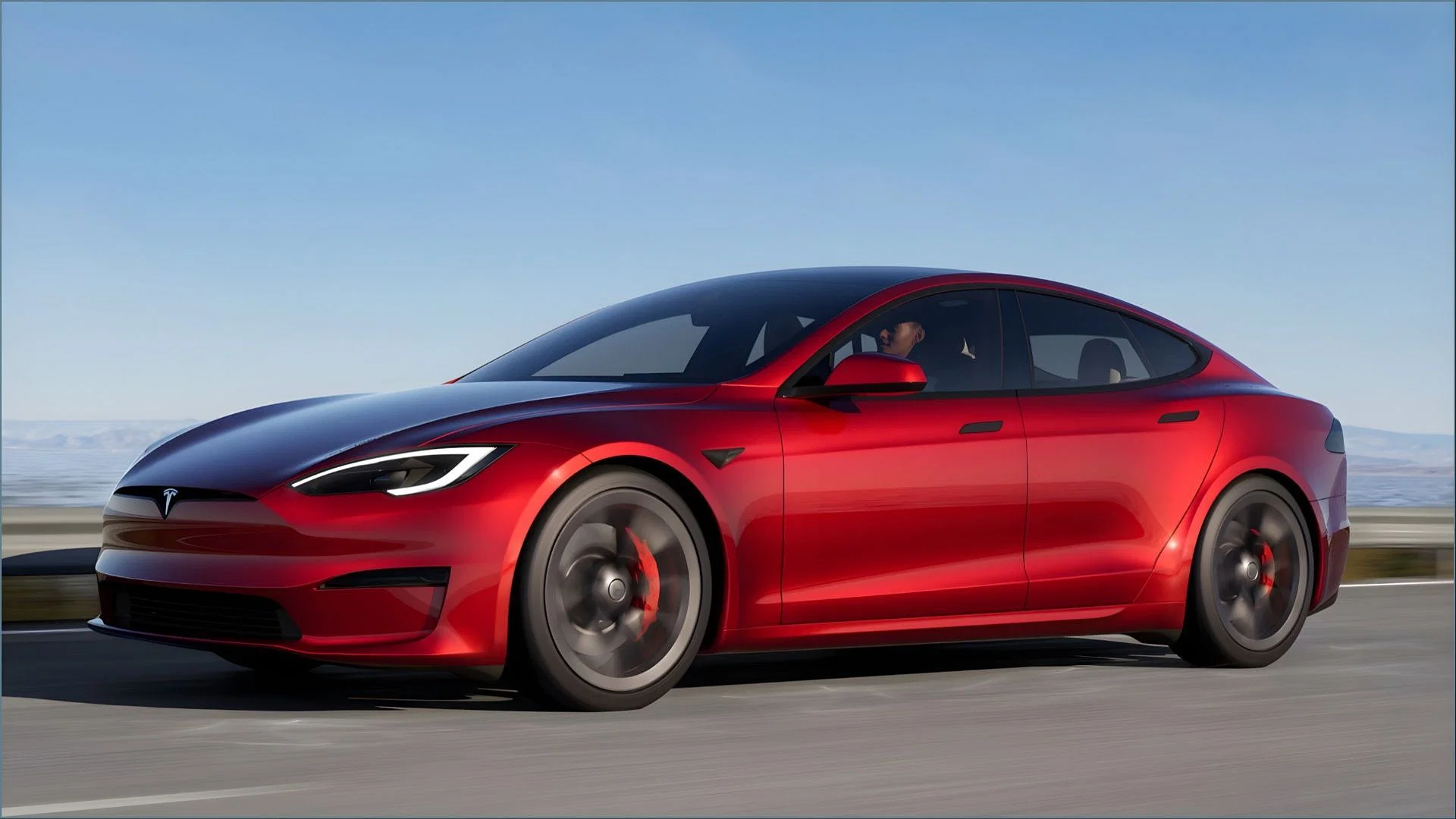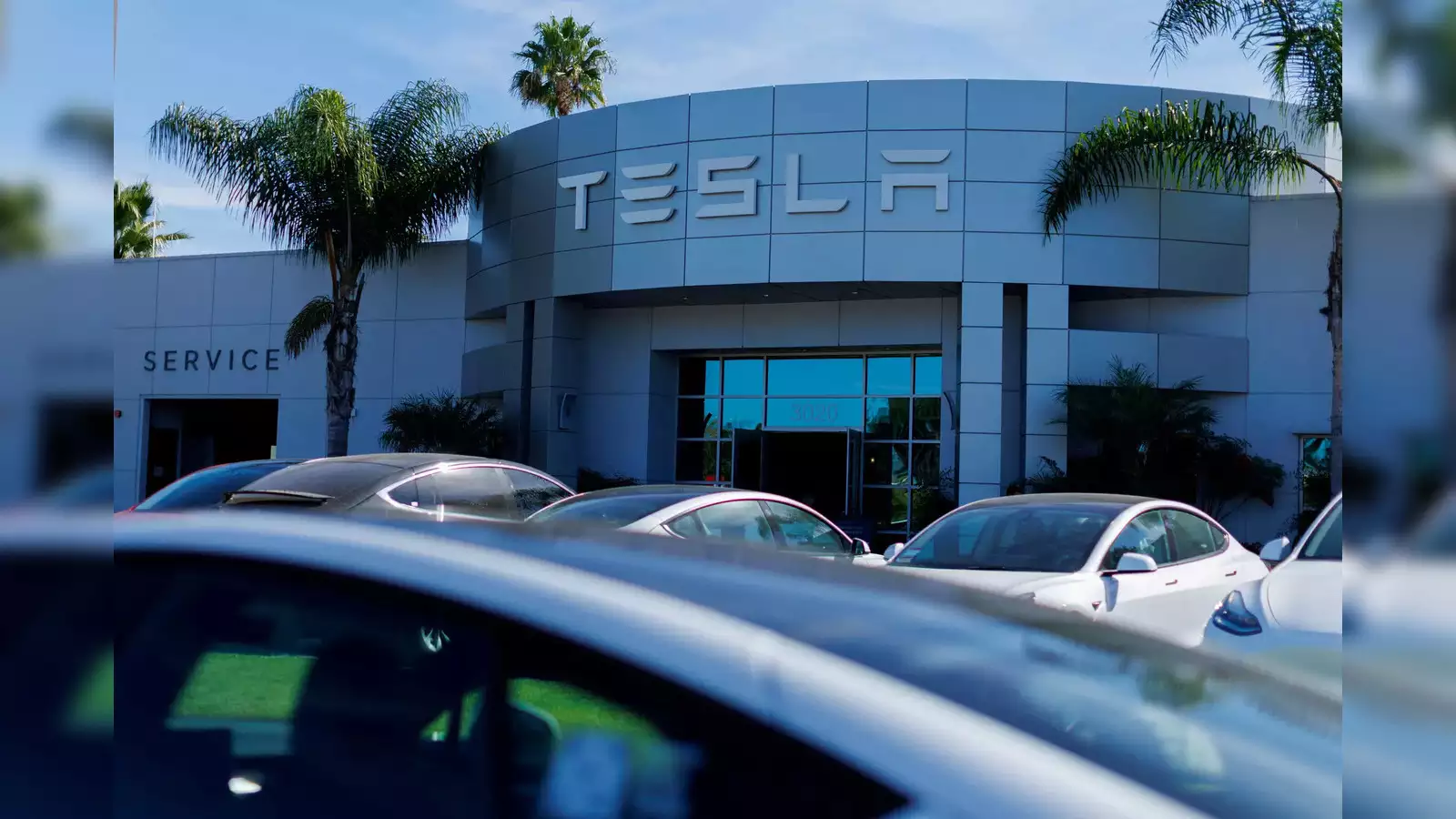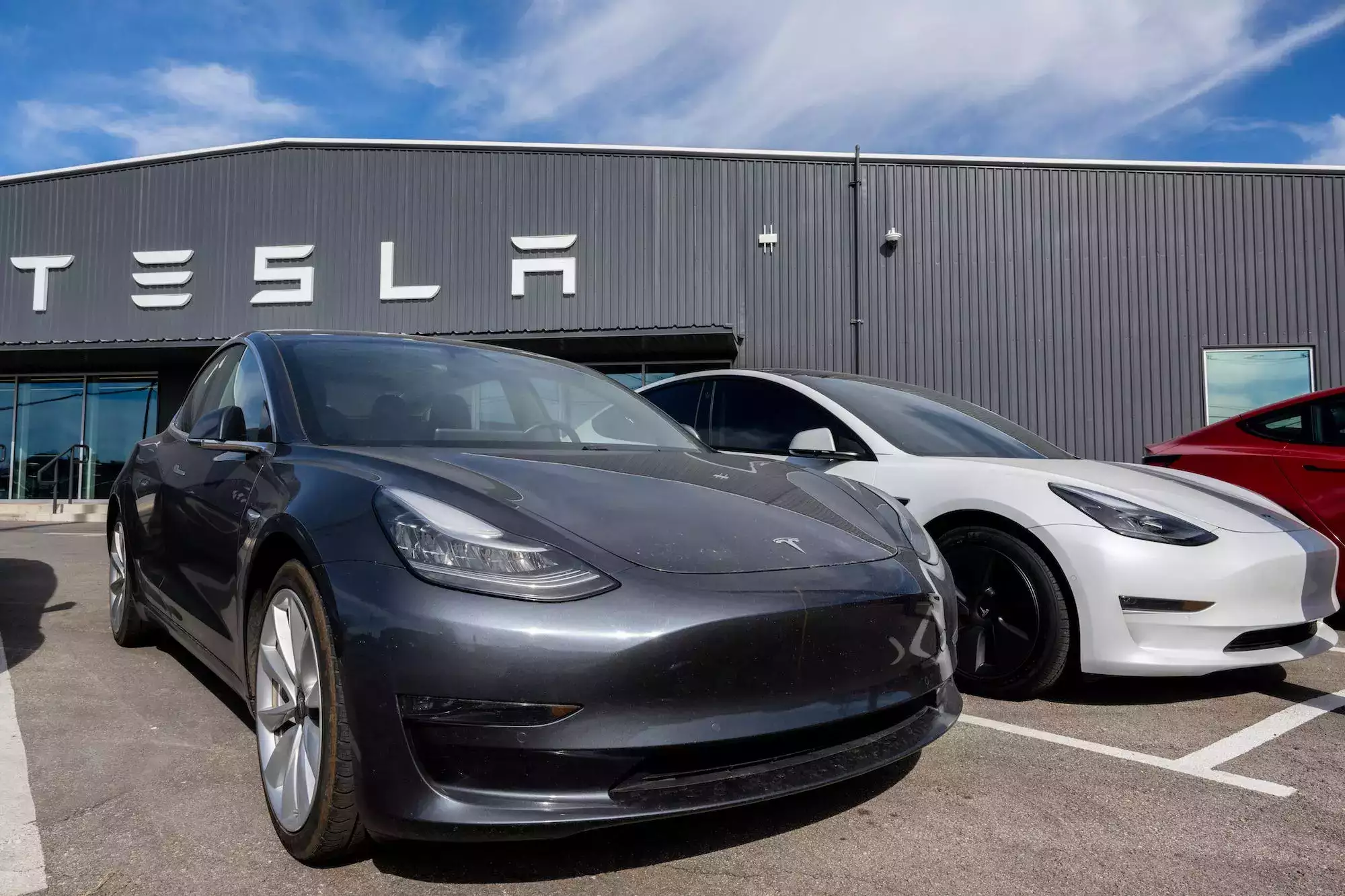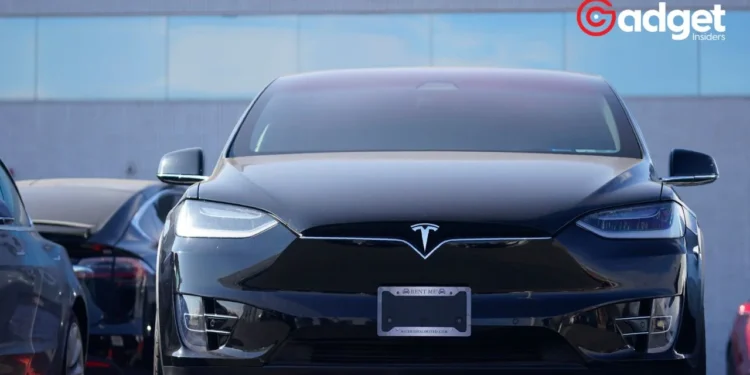Tesla Vehicles Under Probe Over Power Steering Loss. In a significant development that has captured the attention of the automotive industry and regulatory bodies alike, the U.S. National Highway Traffic Safety Administration (NHTSA) has escalated its investigation into Tesla over concerns related to power steering loss in some of its vehicles.
This move, marking a shift to an engineering analysis, signals a critical step closer to a potential recall, casting a shadow over the electric vehicle giant’s operational and safety practices.

The Escalation of the Probe
The NHTSA’s decision to upgrade the probe into an engineering analysis comes in the wake of a Reuters investigation that brought to light the struggles of tens of thousands of owners with premature failures of suspension or steering parts since 2016.
This investigation, leveraging Tesla documents alongside interviews with customers and former employees, suggested that the automaker had been attributing frequent failures of suspension and steering components to driver fault, despite being aware of the defects.
Approximately 334,000 Model 3 and Model Y vehicles from the 2023 model year are now under the NHTSA’s lens, with the agency having identified over 2,388 complaints regarding steering issues.
These range from an inability to turn the steering wheel to an increased effort required for steering, with more than 50 vehicles reportedly towed due to this condition.
Tesla’s Shares and Safety Record

The news of the probe’s intensification has not bode well for the company’s market performance, with shares dipping more than 3% following the announcement. This downturn adds to the already significant 25% drop in Tesla shares witnessed in January alone. Despite these challenges, the company has yet to respond to requests for comment on the NHTSA’s upgraded probe.
Tesla’s safety record, particularly concerning steering and suspension issues, has been under scrutiny. The automaker has initiated nine recalls in the United States related to these concerns since 2018, affecting both a small and large number of vehicles. The most notable recall occurred in 2018, involving the replacement of steering-rack bolts on over 70,000 Model S vehicles due to corrosion risks that could lead to a loss of power steering.
Rest assured. My Tesla has successfully completed all open recalls and is safe.
Thanks @NHTSArecalls 🙏 pic.twitter.com/JQoWTIlnYx
— Meccanica (@dictionaryhill) February 5, 2024
Additional Recalls and Safety Concerns
In a separate but related issue, The company announced a recall of 2.2 million electric vehicles—almost its entire U.S. fleet—over concerns that small font sizes on warning lights could increase the risk of a crash.
This recall, aimed at addressing visibility issues with brake, park, and antilock brake system (ABS) warning indicators through a software update, highlights the broader challenges Tesla faces in ensuring the safety and reliability of its vehicles.

Moreover, Tesla’s Autopilot system has also come under scrutiny, with NHTSA reviewing whether a recent recall of 2.03 million vehicles to install new safeguards was sufficient. Critics, including Consumer Reports, have argued that these measures fall short of addressing the underlying safety issues associated with Tesla’s autonomous driving aid.
Looking Forward
As the NHTSA continues its probe, the focus remains on identifying the exact components requiring recall or replacement to mitigate steering outages. The investigation will also delve into the conditions leading to and resulting from steering rack failures, with some drivers reporting that issues persisted until the power-steering rack was replaced, often at a cost exceeding $2,000 for out-of-warranty vehicles.
This deepening investigation into Tesla’s power steering issues underscores the ongoing challenges facing the electric vehicle manufacturer as it navigates safety concerns, regulatory scrutiny, and market pressures.
As the situation unfolds, the automotive industry and Tesla’s customer base will be watching closely, seeking reassurances that the automaker can address these critical safety issues effectively and transparently.










